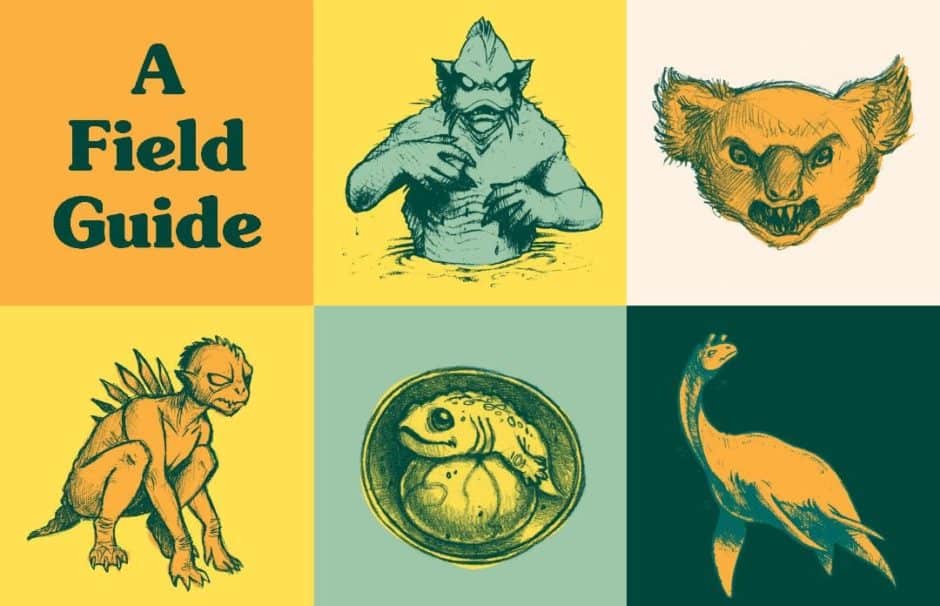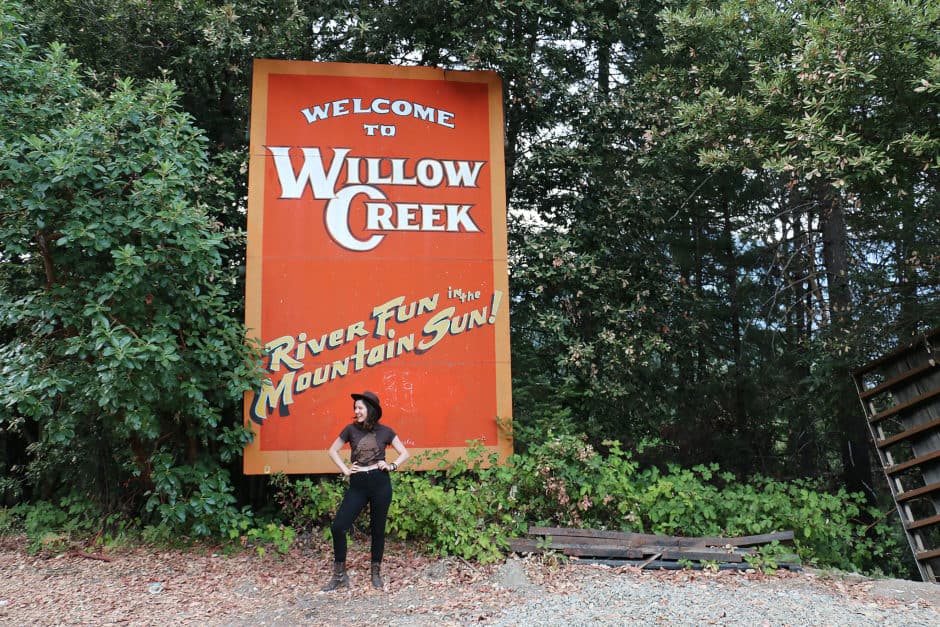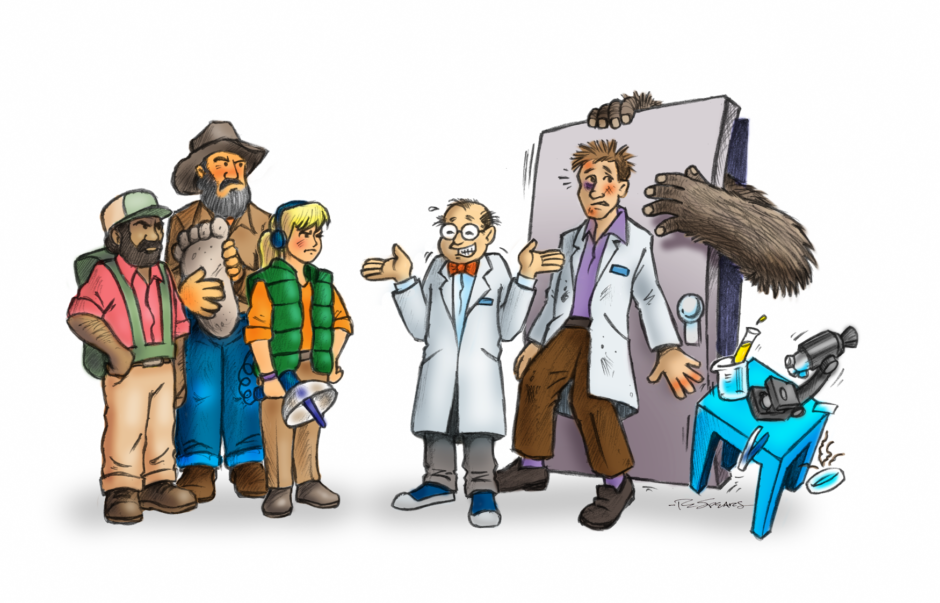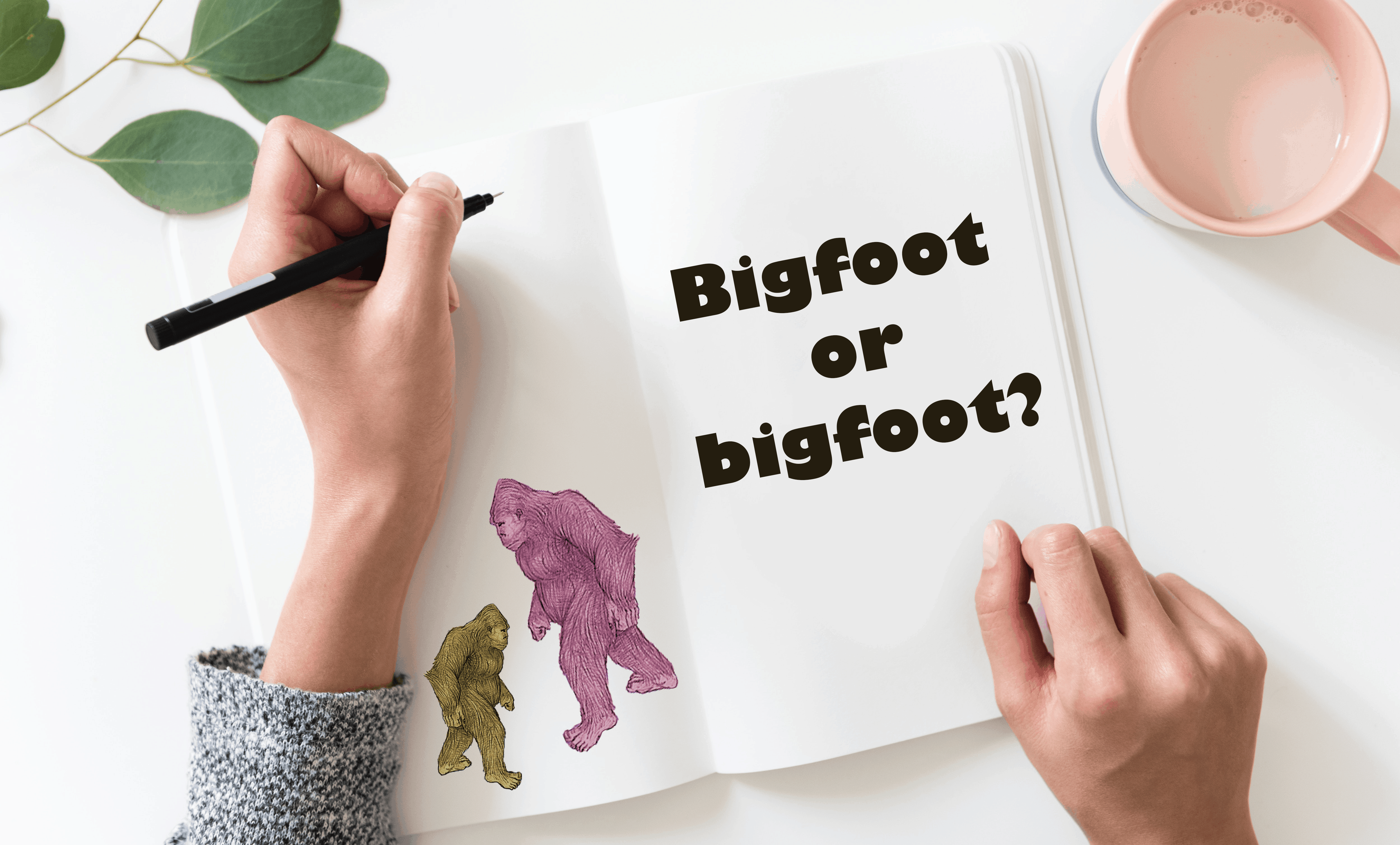Kelly Milner Halls and Rick Spears go way back. Not as far as the legends featured in their work, but far enough to have worked on eight projects together, including their latest book Cryptid Creatures, which just hit the real (and cyber) shelves today.
Cryptid Creatures is a field guide featuring 50 mythical animals (AKA cryptids). Each entry presents a description of the creature, its history, and evidence suggesting that it exists—which often includes colorful accounts told in newspaper articles. Every cryptid also gets a “reality rating” represented by a scale of 1-6 stars. One star means the cryptid has been confirmed as a hoax, while six stars means the once-mythical creature has been proven real.
Cryptids covered in the book range from well-known beasts like Bigfoot and the Loch Ness Monster, to the more obscure—such as the Iliamna Lake Monster of Alaska (which has the head of a wolf and body of an orca whale) and the Con Rit (a centipede purported to be larger than any known shark).
The creature illustrations depict the beasts in two stages of their lives, both as full-grown monster legends, and also as baby beasts—when the creatures were nothing but whispered tales around the campfire.
Halls is a prolific children’s book author and freelance writer, and Spears is an illustrator and sculptor with a focus on animals, science, and natural history.
I talked to both about the artistic inspiration behind Cryptid Creatures, why cryptids should be examined like real animals, and how they bonded over the bizarre in the first place.
So how did you two meet?
K: Well, I was working on this book called Dino-Trekking in 1996, and I was looking for a paleontology expert from Georgia State to interview. And some guy in Georgia—I can’t remember who it was—said, “You really shouldn’t be talking to me, you should be talking to Rick Spears. He’s everything dinosaur.” And I said how do I get a hold of him?
R: He made it seem like I was a crackpot or something.
K: Well, so was I, so it worked out. Rick was just the best; he and I talked and he asked. “Who is illustrating the book?” And I said we don’t have a budget for illustrating, and he said, “Well, I’ll do it for free.” And I said, ‘“This guy is the best guy ever!”





